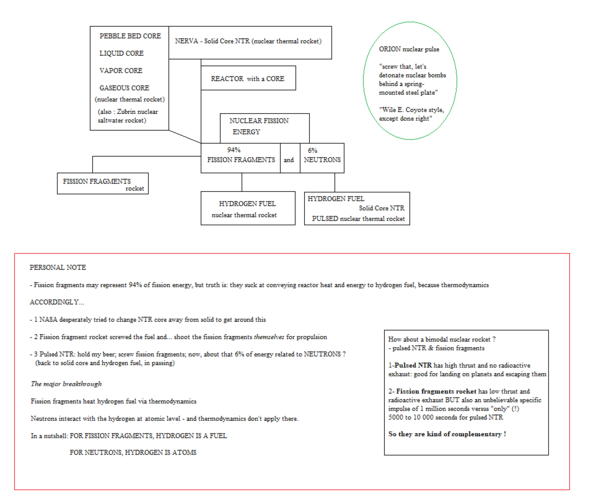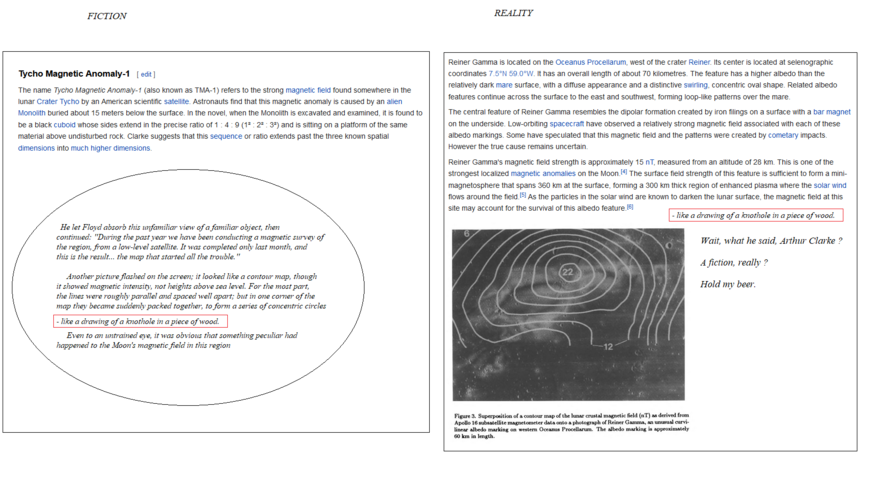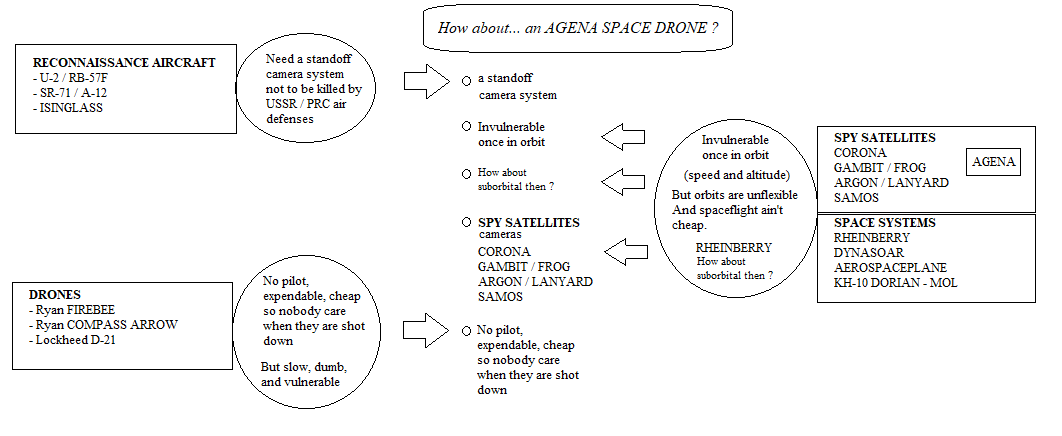Here is a little excerpt describing the story villain - General Harold Shoemaker.
(the name is a nod to Harald Schumacher,
https://en.wikipedia.org/wiki/Toni_Schumacher ) - of Seville 1982 World Cup infamous fame...
------------
1964 – PREDATOR
By 1960, with the advent of ballistic missiles like Minuteman and Polaris, the Strategic Air Command large fleet of bombers was threatened. Obviously this drove Lemay and Powers furious, so McNamara got ride of them, sending both scary generals in retirement. The third one - Bernard Schriever - quickly followed the year after.
The one McNamara didn't saw coming was Harold Shoemaker.
General Shoemaker had a scary look just by looking at him. He had blue eyes full of energy and fierce temper; just by his stare, you'd better not picking a fight with him. He had some minor burns scars all over his face, barely visible. His right arm was perhaps the most damaged part of his body; it was only half functional, and the General had to learn writting with his left hand. How he ended in his present damaged state had been the stuff of legends, including by the man himself.
"The old man and the sea ? Moby dick ? Pussies. That's litterature. Fiction. I lived that kind of hell, I mean, for real. Since then, nothing can scare me. Not even a H-bomb detonation seen for the smallest safe distance."
The most realistic tale among dozens (if barely...), said Harold Shoemaker had been onboard one of Lemay B-29s raining incendiary death and havoc on Japan, someday in 1944. The bomber was crippled by a Japanese fighter (pretty rare and essentially bad luck, compared to what B-17 and B-24 crews endured over Europe).
When his pilot and gunner got shot and badly hurt, Shoemaker put the plane into autopilot, asked the barely conscious pilot to keep an eye on it, and ran toward the ravaged tail turret. Enraged by what he saw – the rear gunner had been shredded into a bloody pulp by a 20 mm bullet – with the help of surviving crew members he grabbed all the ammunition he could find across the aircraft and started furiously shooting at the goddam tenacious japanese. Who immediately got the message: no quarter. In the end Shoemaker prevailed and got some good shoots, crippling his adversary. The badly hurt japanese pilot however did not hesitated: he stared right in the eyes of the foolish american shooting at him like crazy opened his throttle full and rammed the bomber - to no avail. How Shoemaker avoided being crushed or cut in slices by the propeller, he still had no idea to this day; the only thing that mattered was the japanese foe was dead.
Now they had to return to faraway Guam island. On three engines, and with bullet holes all over the place. And two dead crews plus a crippled pilot. No problem for copilot Shoemaker, who took back the controls and started a harrowing return trip. After two hours of flight however, things went from bad to worse. The bomber lost another engine. Shoemaker and the valid crewmembers started throwing everything but the kitchen sink to make it lighter; alas the B-29 was doomed, and Shoemaker ordered them to bail out over a very empty, hostile ocean. He got the surviving crew all well prepared from a drop into the sea, including the inflatable life rafts, and then they exited the stricken aircraft one by one. Shoemaker was keeping the B-29 straight in order to help their chances of survival, and only with the last member gone did he took care of himself.
By this point the aircraft was slow-burning, and so was he, so he had little time for detail or reflexion if he wanted to save his soul. Hence he didn't noticed, when he strapped his chute harness that a delicate part of his male anatomy was ill-placed. Blissfully unaware of what awaited him, he jumped overboard looking for his crew and their rafts. Above his head and without a warning the bomber violently exploded; soon very large chunks of B-29 barely missed the hapless Shoemaker. And then, flaming kerosene started raining all around him, some drops burning him with sheer cruelty. Keeping his cool, he reasoned his best chance of survival was to get away as fast as possible. Instead of opening his chute and have it burned, he started a nearly suicidal dive toward the ocean, head-on. The desperate strategy worked and within seconds he had cleared his dying aircraft flamming wreck.
Now alarmingly close from the greyish surface he brutally pulled the chord and braced for the chock of a round canopy that had never, ever, been never build for skydiving... and then he shouted loud, broken in two by an horrible, excruciating pain. It was of such intensity, he lost consciousness only to regain it 1000 ft above the water. Luckily enough he fell close from one of the rafts and their battered inhabitants. Despite his crushed testicle inflating to the size of a baseball, he immediately took command. He arranged for the surviving crew in the two other rafts to join the frail ships together.
And then the horror started – or continued, or escalated maybe. Sharks. Lots of them. Perhaps the same that a year later fested on poor USS Indianapolis crew. They were too many on too small rafts with their limbs inevitably dragging in the water, even more when they slept. The sharks simply awaited the night and dragged the poor guys under the surface before eating them. An horrified Shoemaker saw his fellow crewmembers being attacked one by one and dying, until he remained alone. By this point his mental health had definitively taken a major hit he never fully recovered. In a state of shock, he hecome completely enraged and decided he would gave the carnivorous fishes a run for they money. He first hit them with a paddle, but it wasn't lethal enough. Luckily enough, he had a trio of sharp knives with large blades. He strapped one of the knives to the paddle and started hitting viciously any shark willing to pick a fight. That is, until a clever one first ripped the blade away, then the paddle itself. Undaunted, Shoemaker kept both remaining knives strapped to his forearms. Except he was completely exhausted and inevitably fell asleep. And of course the sharks tried to finish the job. Shoemaker left arm dangled dangerously closed from the edge of the raft... then a somewhat ill-advised, foolish shark took his chance on him. An enraged Shoemaker awoke in pain and saved his arm only by cutting the beast from inside. Basically he killed the shark by wracking its brain, planting one knife from inside and the other from outside. He then meticulously eviscerated the predator. He dragged it onboard and avenged his lost crew by eating it bit by bit.
Somewhat ironically the slained shark ensured his survival for days of time. He used bleeding slabs of it to attract more sharks he then killed by viciously stabbing them. After some fights he had become pretty gifted at fighting and killing his ennemies, and soon he had enough shark meat onboard to ensure he would never starve. He also made good use of dead shark teeths and jaws to make crude weapons he used, the irony, against their living and still aggressive siblings. Water, however, ran tight, and shark blood proved of little use. Shoemaker also ate algaes, and fishes he took using his finger toes as baits, losing one in the process and forcing a change of plans. After 13 days adrift, badly scorched by the sun, nearly dying of thirst and with his mental health rapidly breaking down he was finally rescued by sheer luck and by a destroyer.
Little did he knew his ordeal was merely over: that destroyer was part of Admiral Halsey TF38 soon to run into Typhoon Cobra. More chaos and mayhem followed for the unlucky aviator. He finally made it back to the West Coast were he was caretaken in an hospital. He did not returned fighting despite his will, as the atomic bombs ended the war the day he got out of the hospital. The horrific ordeal had left some lasting mental scars and also a deep hatred of the US Navy, even if he acknowledged they had saved him. What he saw during Typhoon Cobra however largely cancelled that gratitude. What kind of idiot would run a perfectly good Task Force right into the eye of a typhoon ? Yet Halsey had done it, and largely escaped blame. After the war Shoemaker become a protégé of Curtiss Lemay and Thomas Power, and these two did little to cool his overall bellicose attitude and utter scorn for the Navy. Although he was clever enough to see such attitudes might deserve him, and that another Scary Cold War General with a German Family Name – Bernard Schriever – might be a better model.
By 1958 Schriever had taken Shoemaker under his wing, and he got a job inside the General missile fiefdom. There, he learned about the Air Force long term plans to expand into space. And his mind was completely blown.
The Air Force first needed a manned spacecraft to learn spaceflight intricacies. Over the next five years they launched a disorganized, all-out assault in this direction: Man-in-space-soonest. DynaSoar. SAMOS. SAINT-II lifting bodies. Blue Gemini.
And it was only a beginning.
Next step would be MOL: what NASA called a space station and the military, a Spaceborne Command Post. The gist of the idea was to transfer command-and-control in space rather than underground – because, sooner rather than later, the goddam commies would have nukes powerful enough to blast even Cheyenne Mountain into oblivion.
Yet that initial capability completely paled compared to the next, huge step: LUNEX and Orion. The orbital command post would have to move to the Moon ! To an underground lunar base, no less. And that was merely the smallest third of an overambitious trio.
The Air Force would go to the Moon through monster spacecraft: the Orion spaceborne battleships. These vehicles would also replace the orbital command posts now too vulnerables on their fixed orbits. Thanks to its brute force but damn clever and efficient propulsion system, Orion could get anywhere, anytime inside Earth sphere of influence: the 1 million miles diameter invisible bubble inside the solar system where Earth gravity prevailed, encompassing the Moon. Not only Orion provided efficient space travel, it could also lift 5000 metric tons to orbit without breaking a sweat. And this was of paramount importance, because the spaceborne battleships would be tasked with many important missions. They would perform strategic reconnaissance (NRP) satellite inspection (SAINT) and destruction (ASAT). For good measure, they could also be loaded with nuclear warheads to be dropped on the Soviet Union; very much like that country later Fractional Orbital Bombing System - FOBS.
Yet their most outstanding mission was another one. Two decades later it would be derided as Star Wars, because of the lasers. The real name was Strategic Defense Initiative, and lasers soon proved unrealistic. In the 60's, they had merely been invented so they were even less able to do the job, obviously.
Instead, spaceborne interceptors – Smart Rocks or Brilliant Pebbles - would rush toward the missiles and collide with them: killing them with kinetic energy. And unlike lasers, such system was workable even by 1958 or 1963 standards. But it would take a whopping 100 000 of them, each weighing 300 pounds, to do the job. A daunting 15 000 tons to be lifted in Earth orbit, and then supported, maintained and replaced there. Well, only Orion could lift that without breaking the bank.
Once in orbit the 100 000 interceptors would be split between eighteen spaceborne battleships, themselves grouped into three fleets of six. Each spacecraft would carry nearly 5600 kinetic missile killers and thus a fleet would have a firepower of nearly 34 000 interceptors; plenty enough to blunt an incoming wave of Soviet ballistic missiles.
The first such fleet of six Orions would orbit Earth 1000 miles high. Another would protect the GEO satellite belt, 22 000 miles above the planet. And the last fleet would be hold in reserve... behind the Moon. And obviously it would be linked to the LUNEX underground command post.
It was a grandiose vision of the Air Force achieving absolute space dominance across Earth sphere of influence.
As a secondary mission, Orion propulsion system was so efficient that Mars was well within reach; the present design limit seemed to be Saturn. Yet Freeman Dyson had looked for nuclear pulse upper limits and found interstellar flight was possible.
That grand vision, however, also had obvious nightmarish aspects. Orion looked like the ultimate doomsday weapon and for that reason only, it would never, ever be allowed to happen. Shoemaker was pragmatic enough to accept that reality, except for one lost element in the plan: the anti-missile shield. On this one, he would not budge. Two decades later he would be proven right when, in 1986, Reagan mad scientists like Teller and Wood had to admit lasers were not feasible, and kinetic interceptors remained the only game in town. This resulted in Brilliant Pebbles and GPALS.









